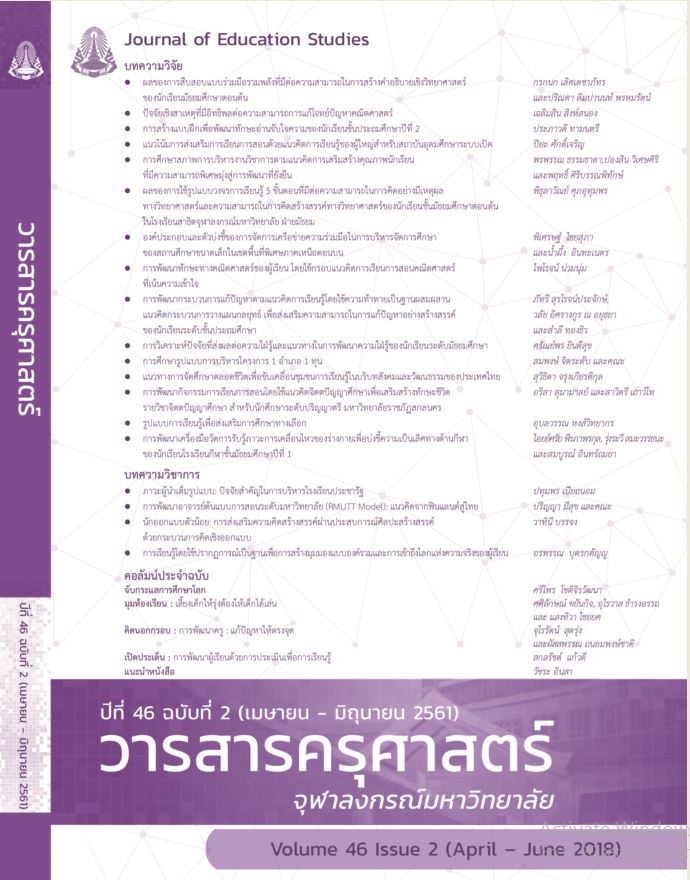การพัฒนาอาจารย์ต้นแบบการสอนระดับมหาวิทยาลัย (RMUTT Model): แนวคิดจากฟินแลนด์สู่ไทย
Keywords:
EDUCATIONAL PROFESSIONAL DEVELOPMENT, UNIVERSITY TEACHING AND LEARNING, HIGHER EDUCATION, RMUTT MODELAbstract
Abstract
It is currently well recognised that Finnish education has an effective educational management system. It has been found that the educational achievement of the people in the country is in the top ranking among all databases. This has peaked worldwide interest in determinng how Finland has developed its education and who has a major role in developing it. Causal analysis revealed that the main factor was a high quality personalized production process through higher education to develop the country simultaneously. The beginning of this process started with developing university lecturers to be the producer of quality graduates into society. This was a great way to improve the education and development of people in the country. The proposed university teachers’ pedagogical development (RMUTT Model) emerged from a cohesion of Rajamangala University of Technology Thanyaburi, THAILAND and University of Tampere, FINLAND which offer concepts to develop the country by developing teachers in the university. Synthesized knowledge from Finland’s university teachers’ development emphasized on the importance of the teaching design and effective assessment. By reflection of various views of individual members in the professional community, it is clear that not only does learning circumstance management and technology usage play a role, but also the context of each subject context must be focused on. Critical thinking and applying optimal teaching techniques must also be primary considerations. Development procedures should integrate theory, knowledge, and practice composing four elements: adjusting university expert types, learning to teach effectively, students’ learning engagement, and using assessment and feedback for learning. All elements mutually develop prototypes that university teachers then produce hands-on with graduate students and then broaden teaching development sustainability.




